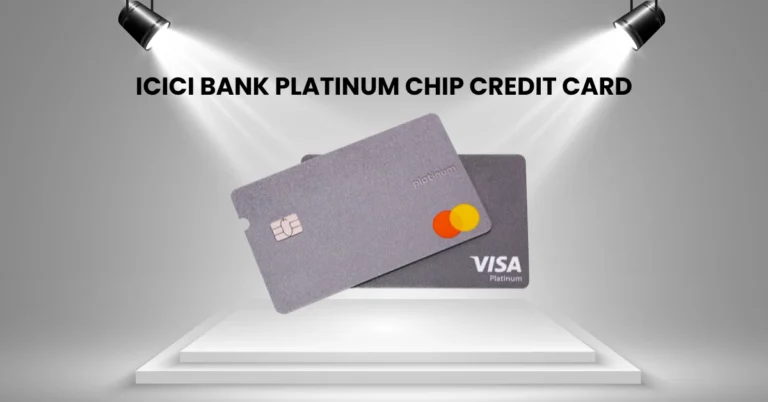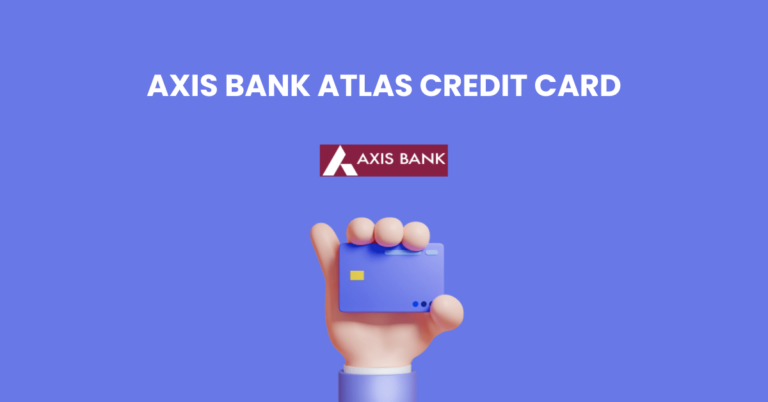What is an Unbilled Transaction in a Credit Card?

What is an Unbilled Transaction in a Credit Card? It refers to a transaction already consummated that has not been reflected in the latest statement of billing. It is incurred between the close of one billing cycle and the issuance of the next statement. Though it reflects in the available credit, it has not yet been charged on the credit card bill, and hence, no immediate payment is required.
Knowing about unbilled transactions is important as it helps in monitoring your financial activity with the easy management of payments. This article will critically discuss the concept of unbilled transactions and their mode of operation, as well as their implications on your usage of your credit cards and planning for your finances.
How Do Unbilled Transactions Work?
Unbilled transactions are those purchases, withdrawals, or other charges that you have made from your credit card after the issuance of the last statement to you. Every credit card has a billing cycle, usually close to 30 days. The bank or card issuer produces a statement at the end of the cycle that lists all transactions conducted during that time. Transactions completed after the statement date do not get included in the billing cycle for that period and, therefore, are unbilled until another billing cycle.
For example, suppose your billing period runs from the 1st day of a month till the 30th day, and you produced your statement on the 30th day. Then all the purchases or any activity made on that credit card, for the full period, would be billed in that very month’s statement. If you make another purchase on the 1st day of the following month, then that one will be an unbilled purchase, and that will appear in the next billing statement.
If you frequently use platforms like PhonePe or Paytm, you may want to understand the flow of such transactions better. Here’s a quick guide on how to pay with a credit card on PhonePe to understand where such payments reflect in your statement timeline.
Types of Unbilled Transactions
- Purchases: Any commodity purchased with your credit card that hasn’t been reflected yet in your statement.
- Online Subscriptions: In case you subscribed to streaming services, software or other platforms after your statement had been pulled, the charge won’t appear on your statement till the next cycle.
- Cash Advances: Any cash withdrawn using your credit card will be recorded as an unbilled transaction till the subsequent billing cycle.
- Pending Transactions: Pending transactions refers to a scenario where a merchant doesn’t immediately charge the account whenever he swipes his card. This means that the transaction hasn’t been billed, which might reflect as “pending.”
Unbilled vs. Billed Transactions
What is an unbilled transaction in a credit card? It is a transaction that takes place after your billing statement is generated but hasn’t yet appeared on your current credit card bill. On the other hand, a billed transaction refers to any transaction that has already been posted on your monthly credit card statement, and you’re required to pay it by the due date.
This difference between the two kinds of transactions is quite important because that suggests how much you might owe at any given time and helps you avoid any misunderstanding about your remaining balance.
Impact of Unbilled Transactions on Credit Limits and Payments
Unbilled transactions would also cut your available credit, although unbilled, your issuer must have already calculated that in arriving at your available credit. Such adjustments are handy in avoiding overspending or crossing a credit limit unknowingly.
For instance, if you have a credit card with a limit of INR 5000 and you make an off-cycle, or unbilled, transaction of INR 1000, your available credit falls immediately to INR 4000. You do not, however, owe any money on this transaction until it appears on your next statement.
That’s where your tracking of your unbilled transactions should be done. They may not show up in the current bill, but they are subtracted from your available credit limit, nonetheless. Failure to track unbilled transactions might result in an unexpected reduction in the amount of available credit. To your account, this might affect declined purchases or overspending.
Where Can You Find Information About Unbilled Transactions?
Most bank credit card providers also allow online or mobile banking, so you can view all of your unbilled transactions there. They tend to appear under a “pending” or “unbilled” label and are usually situated near your available credit information.
Here are a few ways to track your unbilled transactions:
- Online Banking: Log in to your credit card account through the bank’s website or mobile app. There will usually be an area that displays some of your recent transactions, and all unbilled transactions will also be here.
- SMS Alerts: Most credit card companies send SMS alerts for every transaction performed on the card. Although these transactions are not yet billed, you can view them via alerts even when you perform any spending activity.
- Credit Card Statements: Some credit card statements note unbilled transactions occurring after the date of billing on the “recent activity” section.
Monitoring unbilled transactions is a good habit since it follows what you have been using in your credit card account versus uneventful surprises awaiting you once your next statement arrives.
When Are Unbilled Transactions Added to Your Statement?
What is an Unbilled Transaction in a Credit Card? It refers to a transaction that is made after your billing cycle ends but before the next one begins. Those transactions are reflected in your credit card statement in the next billing cycle. For instance, if your statement is generated on the 30th of the month and you make a purchase on the 1st of the following month, that charge becomes part of what is an unbilled transaction in a credit card and will appear on your next statement. Knowing what is an Unbilled Transaction in a Credit Card helps you better anticipate upcoming charges and manage your payments accordingly.
The takeaway here is that understanding what is an unbilled transaction in a credit card is crucial, because although these transactions may not appear on your current bill, they still reduce your available credit. Knowing what is an unbilled transaction is in a credit card also helps you plan, as you will need to pay for those charges in the next billing cycle.

Do You Need to Pay for Unbilled Transactions?
You do not have to pay unbilled transactions until they are posted to your credit card statement, but you may pay them at any time. Some customers like to pay off their unbilled transactions quickly and immediately clear off as much as possible in order to keep the available credit high or in order to avoid a high balance on the next bill.
Lastly, one should realise that if the unbilled transactions include cash advances or foreign currency transactions, interest may start to accrue immediately, even though the transaction has not been billed yet.
How Do Unbilled Transactions Affect Your Credit Score?
While what is an unbilled transaction in a credit card may not directly contribute to your credit score, it can still indirectly impact it through your credit utilisation ratio. Understanding what an unbilled transaction in a credit card is important because unbilled charges are still counted against your available credit. Your credit utilisation ratio is calculated by dividing the amount you’ve used, including unbilled transactions, by your total credit limit. A higher ratio can hurt your credit score. So even though what is an unbilled transaction in a credit card may seem minor, it plays a big role in how your credit health is assessed.
For instance, if your credit limit is INR 10,000 and your unbilled transactions stand at INR 3,000, then the total balance adds up to INR 3,000. This will give you a credit utilisation ratio of 30%. These unbilled transactions are not computed in your bill presently, but they are surfacing your credit utilisation.
Even though you’re not required to pay them immediately, knowing what is an unbilled transaction is in a credit card is essential for smart financial management. Monitoring both billed and unbilled transactions, especially understanding what is an unbilled transaction in a credit card, helps keep your balance under control and protects your credit score. By regularly checking what is an unbilled transaction in a credit card, you can avoid unexpected charges and maintain a healthy credit utilisation ratio.
If you’re new to how credit cards operate overall, check out this credit card basics guide before diving deeper into unbilled transactions.
Conclusion
What is an Unbilled Transaction in a Credit Card? It’s a charge made after your billing cycle closes but before the next statement is generated. Knowing what an unbilled transaction is in a credit card helps you stay ahead of your payments and manage your available credit wisely. While these transactions don’t appear on your current bill, they still reduce your credit limit and can impact your spending ability. By understanding what an unbilled transaction in a credit card, you can better track your financial activity and avoid unexpected charges. Regularly reviewing your account through mobile banking or statements is the best way to keep unbilled transactions under control.






